We are proud to exhibit the works of local artists and makers at our salon. Many of our past displays have been clients, and we are proud to share their creativity.
For displaying your work at vero, please contact us.
exhibits

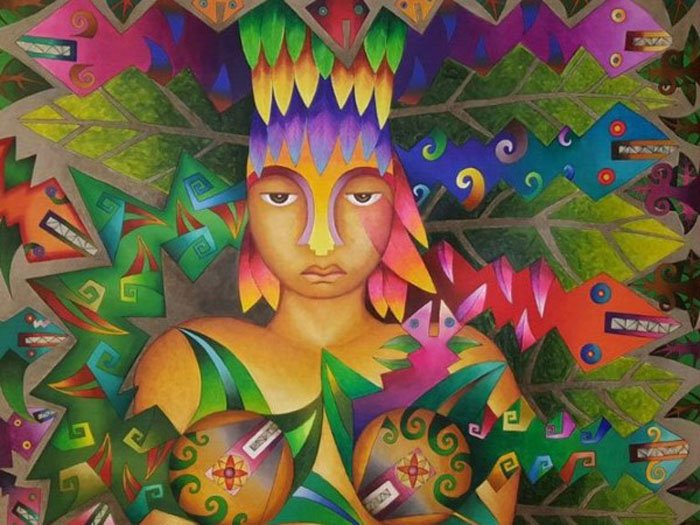


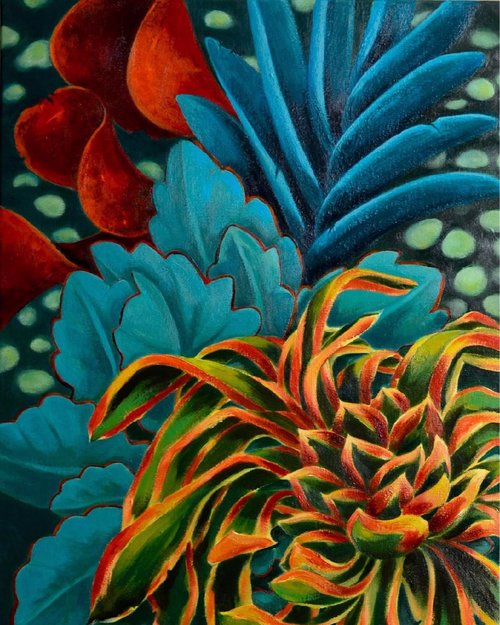
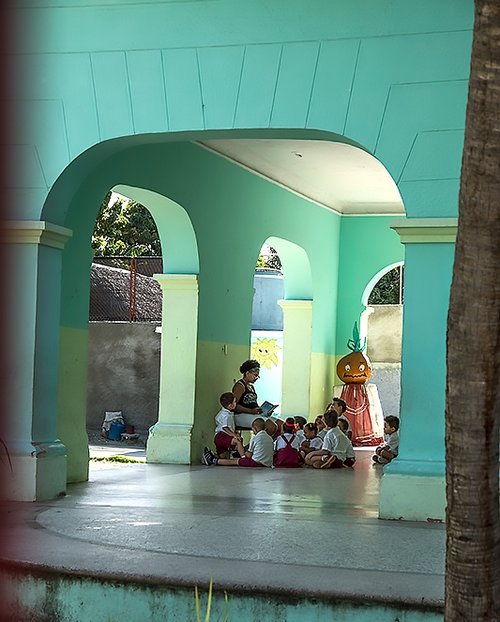
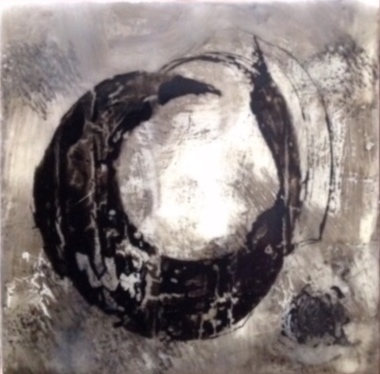

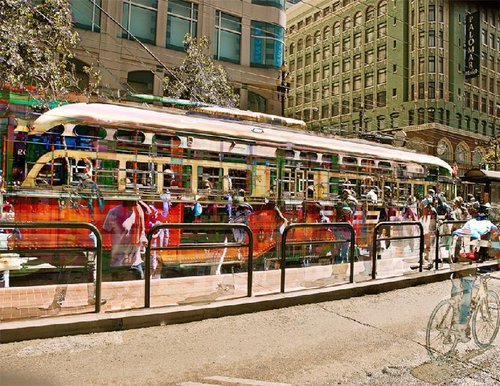
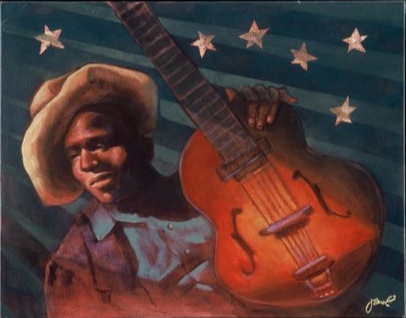

about the artists
Roberto Mamani Mamani
Roberto Mamani Mamani, of Ayamara origin, is the most recognized of Bolivia’s famous indigenous artists. His beautiful and very colorful works of art are collected and displayed throughout the world.
Check him out at en.wikipedia.org/wiki/Roberto_Mamani_Mamani
Afton Badger
Artist’s website: thoughtographics.com
JanN Noddin
I attended art school at California School of Arts and Crafts in Oakland in 1974-76. I transferred to San Francisco State University’s art department where I graduated with a BA in Printmaking in 1981. I studied painting, printmaking and photography in college. I worked as a professional photographer in the 1970s. Now I use my photographs to make images for my paintings. I enjoy the flat perspective of the photograph as well as simplified shapes that I utilized in my etchings. I have a great respect for photography, and I use my photos as reference. But rather than paint photorealistic, enjoy a more painterly style, ala post impressionism and abstract expressionism. That way the photo image stands on its own and the painting as well.
See my website at: jnoddin.com
Jaeme Bereal
Artist’s website: jaemebereal.com
Elizabeth Opalenik
Elizabeth Opalenik lives and works in Oakland, California, but this peripatetic artist is often on the move. As a photographic artist, she believes that all good photographs are self portraits that lie somewhere between imagination and dreams. Her 40 year career has found her teaching or making images on six continents, seeking the beauty and grace that exists within all things.
Elizabeth’s work is collected, published and exhibited internationally. In addition, Opalenik also travels with Medical Ministry International, documenting the projects of eye doctors in Colombia, Bolivia and the Amazon. Her website is opalenik.com.
Ellen Salazar
Ellen Salazar learned to bead when she retired from teaching high school math and science. Her math background draws her to the almost infinite number of patterns and combinations in beading. A lifelong love of color and pattern makes beading a natural fit. Ellen is especially inspired by Art Deco, Native American and geometric patterns and loves experimenting with shape and color.
Suzanne Saul
After retirement from 40 years of teaching Fine Arts in the high school systems of Glendale, California, I created a series of works that dealt with environmental concerns. My desire was to comment on current social issues through satire. My work in Southern California was exhibited in many vinues including the Laguna Beach Museum of art.
After moving to The Bay Area, I now find myself in a transition in my approach to painting. Abstraction is creeping in, and I find a new love and joy of the pure application of paint. Some images are apparent, at times, but the more formal concerns are with the juxtaposition of color, line and shapes and the movement created throughout the composition. I start with no preconceived idea, shapes merge, disappear, reappear to be reborn, and create a narrative of some sorts until it all seems a finished dance.
Contact: suzsaul@gmail.com
Joel Kaufmann
Joel Kaufmann has been making photographs since childhood, and still has some of his dad’s old film cameras… although the photographs in this exhibit were made using a much-newer Nikon.
He says of street photography: “My favorite street pictures are those that ‘ask a story’ – that go beyond (or through) form and color to raise questions about what happened before and after this moment, this frame plucked from time. This moment is true; it doesn’t matter whether or not the story is true. There may be many possible stories, many curving lines coming through this one point. What’s interesting is the question.”
Contact: joel.kaufmann@att.net or 415-806-1932
Lynn Elliot-Harding
What visually drew me to encaustic medium was its luminosity, translucence, depth, and warmth. And warmth is central to encaustic painting. Encaustic comes from the Greek, meaning "to heat" or "to burn". This ancient, almost 2000-year-old art medium has had a revival in the 20th and 21st centuries. Beeswax, combined with damar wax begins to cool the minute it leaves the heat source. Then each hardened, cooled layer is reheated to bind it to the previous layer of beeswax, building layers of story. Inclusions may be pigment, paper, silk. In this case the black pigment is supplied by India ink, and even more ancient medium that began in China. New images, abstractions, are created from the oldest of materials originating in cultures from which we bloomed.
Even Harrar
I came to photography by way of film & literature. I took film/video classes at the University of North Carolina, attended the London School of Film Technique in England, and later studied film at City College in San Francisco. This led to a career in video, which led to my present interest in photography.
The photographs presently adorning the walls of Vero For Hair were taken during the past year on four separate trips to Cuba. Most were taken in the old section of Habana called Habana Vieja. Several of the photos were taken in Santiago in eastern Cuba. The photograph on this page - Teacher Reading To Her Students was taken in Santiago.

